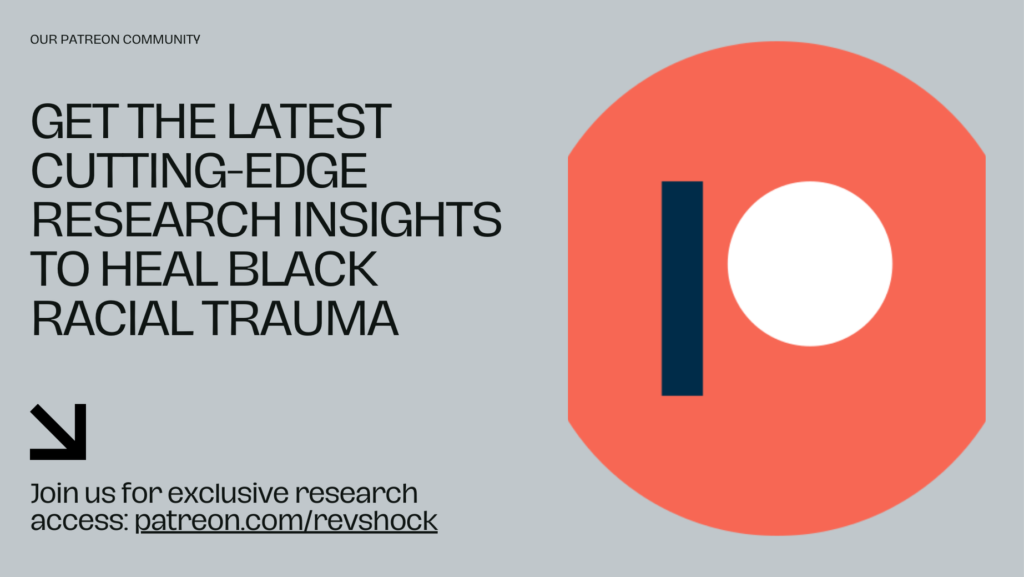
Powered By BlackTraumaGPT.com
Researched and Curated By Rev. Dr. Philippe SHOCK Matthews
(Black Trauma and Mental Health Specialist | Prompt Eng | GPT Dev | Research Scientist | Africana Phenomenologist | Black AI Corsortim co-Founder)
Medase Family,
In the vast expanse of human experience, trauma often takes on forms that defy conventional understanding. Among these forms, ghosting and presentiment trauma represent profound yet elusive phenomena. These types of trauma, while distinct, share a common thread of emotional and psychological impact that emerges from ambiguous loss and foreboding anticipation.
Understanding Ghosting Trauma
Ghosting, a term that has gained popularity in recent years, refers to the sudden, unexplained cessation of communication in relationships. Whether in romantic, familial, or platonic contexts, ghosting leaves the abandoned individual grappling with feelings of rejection, confusion, and unresolved grief. The abrupt disappearance of a person who once held significance can trigger a cascade of emotional responses akin to the experience of physical loss.
The trauma of ghosting lies in its ambiguity. Without closure or explanation, the individual left behind is often plagued by self-doubt and rumination. Questions such as “What did I do wrong?” or “Why did they leave?” can dominate one’s thoughts, leading to a heightened sense of anxiety and insecurity. The lack of resolution prevents the natural process of grieving and moving on, trapping the person in a cycle of emotional distress.
Ghosting can also exacerbate existing vulnerabilities, particularly for individuals with a history of abandonment or attachment issues. The sudden disappearance can trigger past traumas, compounding the emotional fallout and deepening the sense of loss.
Presentiment Trauma: The Weight of Foreboding
Presentiment trauma, on the other hand, refers to the psychological and emotional distress experienced due to a pervasive sense of impending doom or anticipated trauma. This form of trauma is characterized by a constant state of vigilance and anxiety, driven by the belief that something terrible is about to happen.
Presentiment trauma can stem from various sources, including past experiences of unpredictability and danger, cultural or community-wide traumas, and systemic oppression. For instance, individuals who have grown up in environments marked by violence or instability may develop a heightened sense of presentiment, always bracing for the next catastrophe. Similarly, marginalized communities that face continuous threats of discrimination and violence may experience collective presentiment trauma, as the fear of future harm becomes a persistent reality.
The psychological impact of presentiment trauma is profound. The constant anticipation of trauma keeps the body and mind in a state of hyperarousal, leading to chronic stress, anxiety, and even physical health problems. Sleep disturbances, difficulty concentrating, and a pervasive sense of dread are common symptoms. This state of hypervigilance can also impair one’s ability to form and maintain healthy relationships, as trust and safety feel perpetually out of reach.
The Intersection of Ghosting and Presentiment Trauma
While ghosting and presentiment trauma are distinct, they can intersect in complex ways. For example, an individual who has been ghosted may develop presentiment trauma, fearing future instances of abandonment in their relationships. The unresolved grief and lack of closure from ghosting can create a heightened sensitivity to potential rejection, perpetuating a cycle of anxiety and mistrust.
Conversely, someone experiencing presentiment trauma may be more susceptible to the effects of ghosting. The constant state of foreboding can magnify the emotional impact of sudden disappearance, as it confirms their worst fears and deepens their sense of vulnerability.
Healing Ghosting and Presentiment Trauma
Addressing ghosting and presentiment trauma requires a multifaceted approach that encompasses individual healing, community support, and systemic change. Here are some strategies:
1. Therapeutic Interventions: Therapy can provide a safe space for individuals to process their experiences and develop coping strategies. Cognitive-behavioral therapy (CBT), trauma-focused therapy, and mindfulness-based approaches can be particularly effective in addressing the symptoms of ghosting and presentiment trauma.
2. Building Resilience: Developing resilience involves fostering a sense of self-worth, building healthy relationships, and cultivating coping mechanisms that empower individuals to navigate future challenges. Support groups, peer counseling, and community-based initiatives can be crucial in this process.
3. Cultural and Communal Practices: Reclaiming cultural traditions and practices can be a powerful source of healing for marginalized communities. Rituals, storytelling, and communal gatherings can provide a sense of continuity and collective resilience, helping to mitigate the effects of presentiment trauma.
4. Education and Awareness: Raising awareness about the impact of ghosting and presentiment trauma can help destigmatize these experiences and encourage empathy and understanding. Educational initiatives can equip individuals with the tools to recognize and address these forms of trauma in themselves and others.
5. Advocacy and Systemic Change: Addressing the root causes of presentiment trauma requires systemic change. Advocacy for social justice, equity, and the dismantling of oppressive structures is essential to create environments where individuals and communities can thrive without the constant threat of trauma.
Conclusion
Ghosting and presentiment trauma represent the shadows of the unseen, the emotional and psychological scars left by ambiguous loss and foreboding anticipation. By recognizing and addressing these forms of trauma, we can begin to unravel the complex web of pain and vulnerability that they create. Healing requires a holistic approach encompassing individual, communal, and systemic dimensions, fostering resilience and empowering individuals to reclaim their sense of safety and well-being. Empathy and understanding are our guiding lights in this journey, illuminating the path toward healing and wholeness.
Brought To You By…
- [IMMEDIATE DOWNLOAD] Know Your Rights eBook by the Law Office of Keith J. Staten https://bit.ly/4bD3MbK
- Enhancing Cognitive Performance: The Power of Neuromelanin Boosters https://t.ly/S-ePs
- FREE web series: Nothing is Wrong with Black People…Something Happened to Black People: https://bit.ly/3FJCsLo
- BlackTraumaGPT http://blacktraumagpt.com/
- MyGuardianDoc™ https://bit.ly/3TlgPaE – Your One-Stop for On-Demand Compassionate Medical Guidance, Urgent Care, Primary Care, and Virtual Second Opinions, all provided by licensed Medical Doctors.
Enjoying Our Content?
Become a member of our Patreon to get the latest research on Racial Black Trauma and learn the hidden science behind why 1st Frequency Black people are God’s/Amma’s greatest creation! https://www.patreon.com/revshock. Or buy Rev. SHOCK a Coffee! https://bit.ly/3yg5D7A


Book A Discovery Call
Are you ready to SHOCKtrauma? Click HERE now to book a discovery call with Rev. Dr. Philippe SHOCK Matthews

Get Social with Doc SHOCK:
PATREON: https://t.ly/mjksf | REV. DR. SHOCK (PERPLEXITY PAGE): https://t.ly/ppjwh | SOLO: https://solo.to/revshock | BIO: https://t.ly/Ko_y_ | BLOG: https://t.ly/j6bh0 | PODCAST: https://t.ly/cB5GD | ENDORSEMENT: https://t.ly/jFErO | THREADS: https://t.ly/SoKkT | IG: https://t.ly/XsN8f | FB: https://t.ly/R3r9Y | X: https://t.ly/iJ-wy | LINKEDIN: https://t.ly/GZ0pe | TIKTOK: https://t.ly/zfp60 | BLACK TRAUMA GPT: https://t.ly/vswbs | BLACK AI CONSORTIUM: https://t.ly/uiRZN | BOOKS BY PM: https://t.ly/vvHMd
